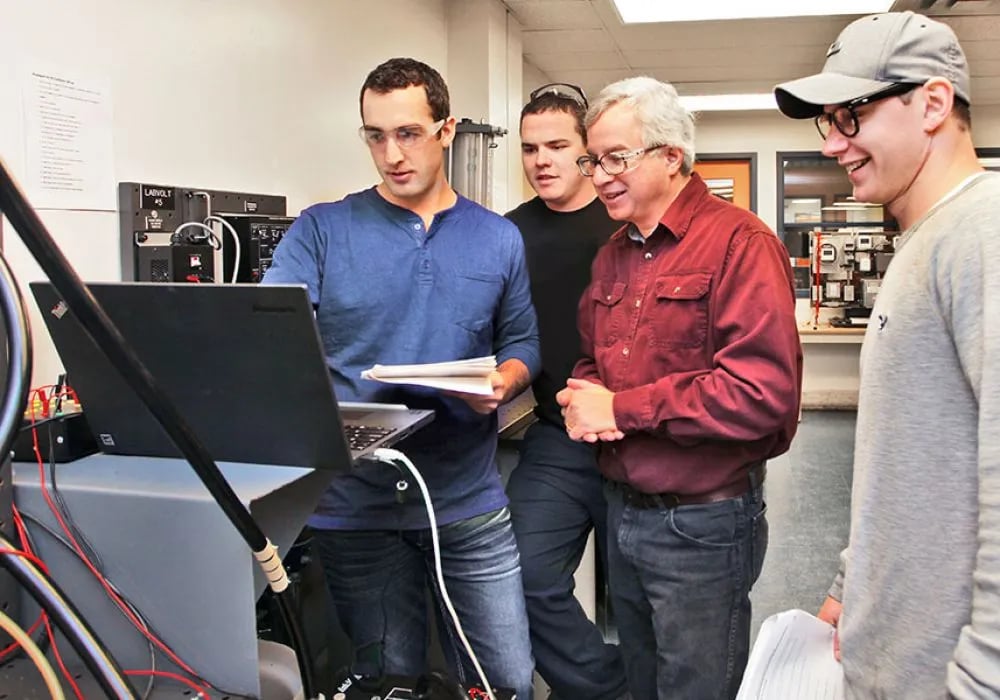May 24, 2018
Comprehensive Guide to Testing Installers & Installation Testing

When an application is to be installed in a distributed system, that is, on an already running environment then a simple set of instructions can be small. To make this process easier, an installation plan could be written that includes not only the installation steps but also the roll-back steps to the old version, in case any failure occurs.
Installation plan needs to be tested before making it available for operation in order to avoid problems. This becomes very important when installation is to be performed on systems where every second of idle time leads to loss of funds and reputation, for example, financial or banking applications. Hence, installation testing becomes one of the most important tasks while ensuring the software quality.
Installation testing can be best summarized as an integrated approach with writing plans, installation testing step-by-step, rollback of the installation.
Benefits associated with testing installers.
Installer is an ordinary program responsible for performing functions such as installation, update & uninstallation of the software. Being a regular program, it has worth noting benefits that are as follows.
- Involves close interaction with the operating system and is dependent upon it for the libraries, registry, files
- Convenient to use due to its instinctive interface, messages and navigation
- Design of the installation application
- It offers compatibility of both the native and third-party components or drivers, libraries, with different platforms
- Allows compatibility of documents and user settings in different application versions
Along with the benefits, it is very important to consider the risks associated if the installers do not operate correctly. Below are the risks involved.
- User data could be lost
- Operating system may experience failure
- Application failure
- Incorrect application operational risk
There are some additional functional requirements imposed upon the installer. In today’s era, due to the abundance of personal computers, operating systems and servers, software needs to be installed on various different platforms. Depending upon the environment, installers must know what they install & where do they install.
Apart from the installation process, there are also other processes also that need to be tested while analyzing the Installation programs. Following are the processes that need to be kept in mind while the installation programs are tested.
1. Installation: First of all, we need to ensure sufficient resources are available for installing the resources of application such as RAM, disk space, etc. After that, the list of files in the installation package should be verified for its correctness. For this, there should be no unnecessary files in the package, and during the selection of different types of installation, or setting parameters, the paths & file list to them may also differ. Also, application’s registration in the OS needs to be checked.
To work with files, registration of new and existing extensions needs to be done beforehand. The user who puts the application needs to be given the access rights i.e. right to work with the system registry, permissions to access the folders and files. The tester must also verify the correctness of the installation wizard, must try to install multiple applications in a single call. Last but not the least, one must try installing the same application in different work directories of the same workstation.
2. Update: In the Update process, there are also some points that need to be checked for its correctness. Like, the file list must be correct, unnecessary files must not be present, file list must be checked for different installation parameters, verification of backward compatibility of the generated data, try updating the application while it is running, and also try to abort the update process.
3. Uninstallation: In this section, we will discuss the points that need to be tested in an installer while verifying its correctness. The first thing that needs to be tested is that whether the application correctly gets removed upon uninstallation from the installed system registry. Physical application files should also get removed at the same time. User must be able to perform uninstallation while the application is running. Also, it must be verified that the person who is not authorized with proper rights can uninstall the application or not.
We, at BugRaptors, equipped with a team of experts consider all possible scenarios while testing the installers being used in the Installation process. All the three stages, installation, update and uninstallation are deeply analyzed to improvise the overall product quality.